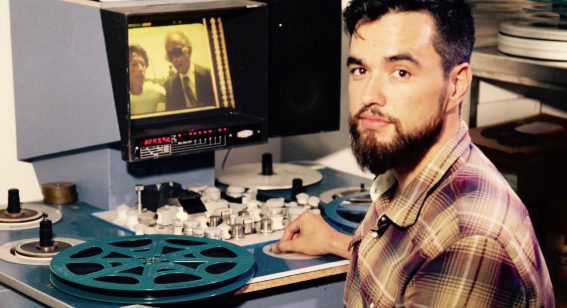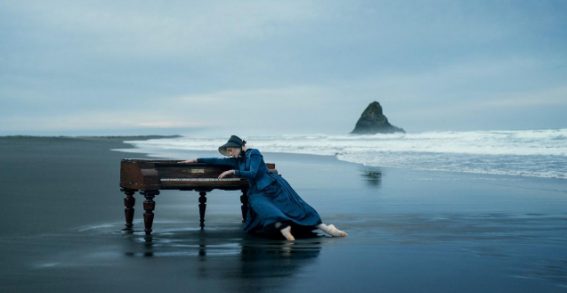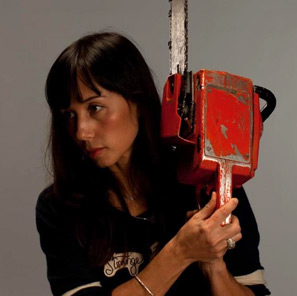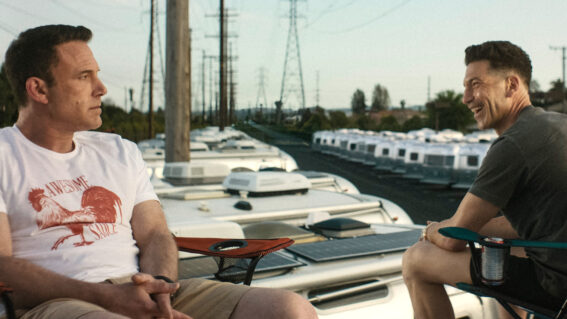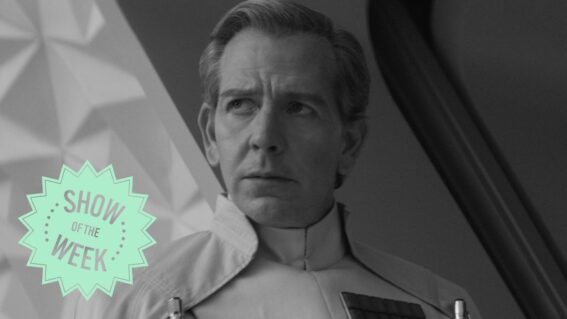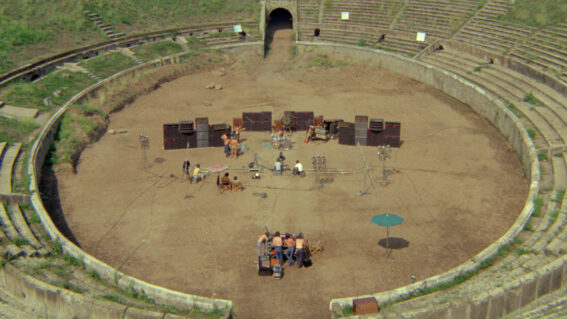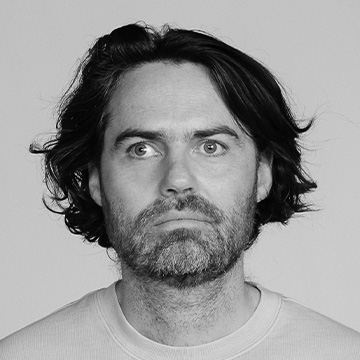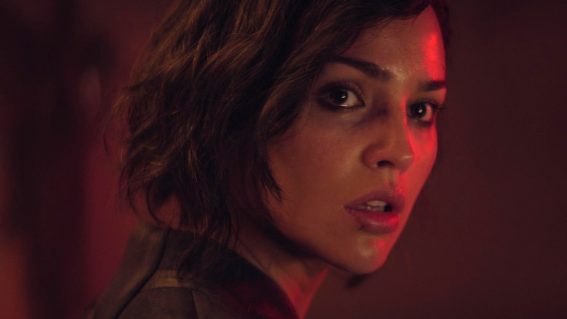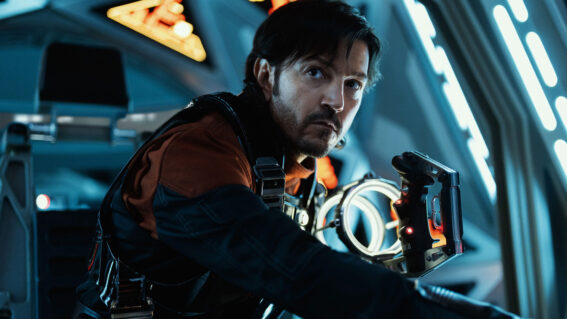Dog’s Best Friend director explains his subject susses dogs out really quickly
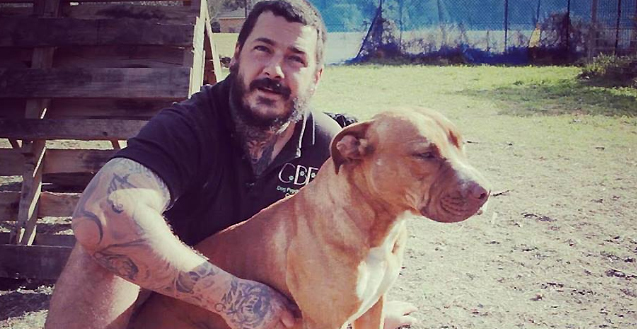
Playing exclusively on the big screen at Auckland’s Hollywood Cinema (and available simultaneously to stream at home in an innovative model explained by veteran producer John Barnett), Dog’s Best Friend is an animal lover’s documentary that shows the inner workings of an Aussie rehabilitation centre for troubled dogs. Read our 4-star review.
We spoke to director Eryn Wilson ahead of the film’s general release (and after it played at the NZ International Film Festival).
This interview has been edited for length and clarity.
FLICKS: It seems like a while since the International Film Festival. What’s it like playing the film for some audiences and then having a bit of a pause between getting it in front of people again?
ERYN WILSON: Yeah, I think the time flies past. It seems really recent to me. And as an independent filmmaker, I think that’s especially the case. Trying to find a distributor to help distribute the film outside of the festival circuit is a really hard thing to do, and I realise that it’s kind of political. There’s lots of stuff that makes it difficult. So when I met with John [Barnett] about distributing this, with this distribution model [which also lets people at home pay to stream the film via the cinema website], I was over the moon. So it actually doesn’t feel that long ago to me, to be honest.
At its heart, it’s the relationship between a human being and a bunch of dogs. There’s a very simple emotional connection that really kind of carries the whole thing through. How was it being around Jacob and watching the relationship that he has with his dog pals?
I grew up in a dog-loving family, and my mom put me onto Jacob in the first place. So as a dog lover, it’s a really different environment because there’s so many dogs. It’s not all cutesy dogs, and petting, and hanging out with them. But Jacob was always about the dog finding its natural state. So not so much about sit, stay, and tricks, but more, very much so, about a dog being relaxed. And to see how he goes about doing that, I’ve learned so much stuff. In fact, the biggest lesson I learned is I think that I can’t have a dog. Because I would’ve always had a dog, and I’d have one now, and especially after working with him, I would have gone and got myself a dog. But what I realised, I don’t have the lifestyle, or the time, or the house, or the property to have one. So that was a bit of a tough lesson to learn.
There’s a moment where he spots that one of the dogs that comes his way is just completely the wrong fit for the family it’s coming from. It’s interesting, the speed with which he makes that assessment.
Well, he’s seen so many dogs. Look, so many times, he’d say, “Mate, come over. There’s this dog arriving, and it’s bitten two people, and they’re about to get put down,” and I’d arrive with Jacob, and it does not show any of the things that the owners have been talking about. And it makes kind of a liar out of them instantly. And that’s partly a change of environment, of course, but also how Jacob is with them. He’s so tuned into them really quickly, and it’s like he can see it all in them straight away. And dogs are such body language creatures that, yeah, he can just read their language, and the looks of their tail, and their head, and their eye contact, and all sorts of stuff. And just susses them out really quickly.

Jacob’s physicality with animals is remarkable, and not coming from a dog family, it’s way past my comfort zone! But talking about the importance of contact, and then the way dogs would bite each other, he starts biting an animal on the lips and makes that great observation that he wants them to think that he’s one of them, and that he’d like to be more like them and less human.
In terms of his backstory, he’s ex-soldier, ex-military, and it was pretty obviously to me pretty early on that it kind of seemed he isolated himself from people. They live semi-rurally, and that was all quite deliberate. And he doesn’t necessarily trust humans, but he’s at home when he’s with dogs. And there’s certain things that he can’t teach dogs that are coming for therapy, but he can get pretty close. And I think dogs just naturally feel comfortable around him because he’s a great leader, they can relax because he’s got it all covered. Part of the problem with people with their dogs, usually, is that the dog feels on alert, like it’s got a job to do all the time. It doesn’t feel relaxed around their owner. And Jacob’s dogs, if you see them any given day, it’s quite unremarkable to film, and they’re just all lying around on the dirt doing nothing, and you’re like, “Oh, God.”
There are some shots where he’s sort of front center with his beer next to him, and you just start picking out all the dogs in the sides of the frame.
Those are all his kind of free-running pack, a couple that he’s had as puppies on the documentary. He’s got whole different dogs now, but for the doc, yeah, there were definitely quite a few dogs that were being kind of rehabbed as well that he’d been working with. I also saw things where I go, “They can only be with him.” Like, in a different environment, they could have triggers or things that make them go straight back to the kind of behavior that he sort of saved them from in the first place. So a lot of people drop their dogs off to Jacob and never come back. Leave them there.
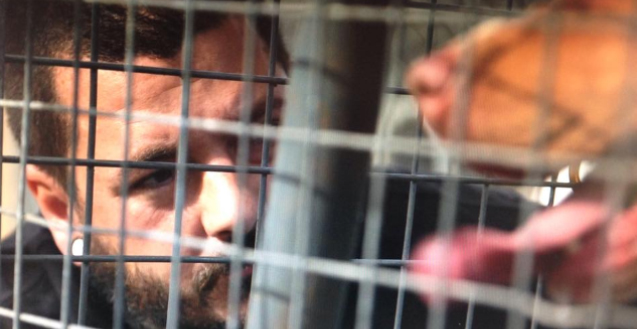
The film’s core is about the rehabilitation of canines, but watching it, I started thinking about how much it’s rehabilitated the people that are in the film as well. What insights did you have around that? Because it’s not just Jacob. I think it applies to a number of the people that turn up.
There were plenty of people, there were some children, there were some ex-soldiers, there were all sorts of connections that Jacob had and we didn’t film them for privacy reasons. There were people coming through there all the time that were helping, that needed something to do, that needed some direction in their lives, and they came and helped Jacob with the dogs. And he could see that they needed something, and he’s saved all sorts of people. He saved his wife, Jennah. He saves dogs, but he’s saving people all over the show. I remember seeing him on video, and going “Oh, I want to be his friend.” That’s how he made me feel. And when you hang out with him, he’s a very private man, but once you’re a friend, you’re in for life. And you’d never cross him. I mean, it’s hard to avoid kind of cliches, but I don’t know many people like him. He has something else going on. And I said to him, at the beginning of the doc, I say, “You’re the Aussie dog whisperer,” and he’s like, “Bugger off, mate. I’m not. I’m just me.” And he hates being compared to anything else. And he is quite unique.
Yes, dog lovers will love the film, and they all do so far—touch wood—but there are other themes in there too. The thing of rehabilitating humans as well as dogs. But, yeah, for me, the longer I spent with Jacob and Jennah, the more interested I became in them as a couple and their world. So I was like, “Oh, great. It’s not just about the dogs for me. It’s about the whole picture.” And originally, I was going to be visiting vets, and other dog rehab people, and trainers and stuff in New Zealand and Australia, but I actually changed my focus, and it came right round to just those guys.

Are there any feelings that you walked away from this film with, with regards to how dogs are treated here in New Zealand? And any cues that we could take from what you saw with Jacob?
Look, it’s a little bit like acting tutors. I come from an acting background myself, but it’s like everyone’s a professional there. You Google search, “Dog rehab,” or whatever, and a whole bunch of people come up. It’s like finding a good mechanic. There are plenty of people out there making money, and not doing such a great job, and who aren’t that good at it.
And I think that people should have some kind of training before they get a dog. It’s a bit like getting your license before you have a car because people just don’t think about what they’re getting into. And it’s a cliche, but it’s like, “it’s a great idea for the kids, give them something to do, give them something to look after, a bit of company. Yeah, I know people who are quite close to me, who have made mistakes with their dogs. And I did come back as a bit of an authority after making the documentary with Jacob, I have to admit. I was judging my friends all over the show.
I just think people don’t kind of realise what they’re in for. They might have grown up with a family dog, and want to replicate that for their own life. And I just think so many people shouldn’t have dogs that have them. I’m not an authority on dogs, but you look at the great work that Paw Justice does, there are animals out there, let alone dogs, in need, and who are being mistreated, who aren’t being exercised, who sit at home all day, waiting for someone to get home and they don’t even take them for a walk sometimes. They go, “I’ll take you for a walk tomorrow.” Most dogs have, historically, had a job to do, like collies, for example. They’re nuts, and they need mental stimulation. It’s not just the going for a walk, they’re great agility dogs because it’s a brain thing for them. And so people go and get a collie because it’s a great idea, and it’s like, “Man, do you know how much sort of energy collies have, and how much stimulation they need?” And they just start misbehaving, and people are going, “Oh, they’re being naughty.” No, they’re not. You don’t take them out. You’re not stimulating their brain.
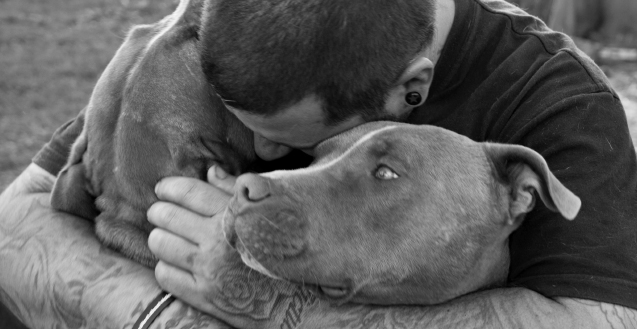
The last thing I expected was for Jacob to be advocating a lot stronger breeding controls. And it makes sense when you think about it, but it’s a sort of surprising thing, I guess, for an animal enthusiast.
Yes, and he’s not coming from a breed-specific thing. In fact, he’s kind of anti-BSL, or breed specific legislation. He’s coming from a sheer numbers point of view. There are so many dogs out there, and dogs that aren’t being fixed up, so they end up having puppies. Or people breeding dogs willy nilly and keeping a couple, and goodness knows what they do with the rest. So there’s just such an abundance of dogs. And he’s basically an advocate that, if you’re a registered dog breeder, you can breed the dog maybe twice in its life cycle, or something. And it’s just a way of trying to bring down the numbers. The numbers of dogs that are being put down in Australia alone are just by the thousands. Hundreds every day, every single day of the year. And nobody wants to acknowledge or be the face of euthanasia when it comes to dogs. And it’s like, dogs are being put down all over the show.
I’ve got a friend who’s a vet, and he said people buy a puppy for the kids, and the following year, one year later, they come and pay the 250 bucks and get the dog put down. And they go, “That was a silly idea.” It’s like, well, that silly idea has turned into a dog being put down. I mean, that happens all the time, and people don’t really talk about it. Jacob rehabs dogs, but there are thousands that slip through the cracks, he can’t deal with them all.
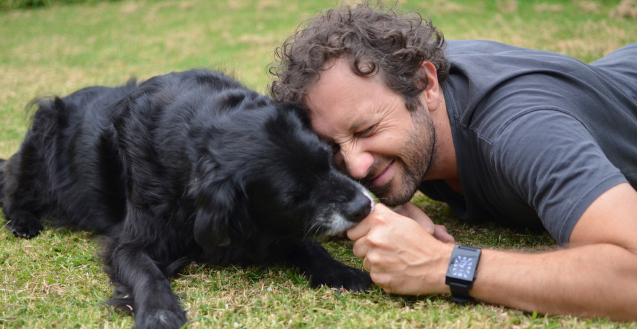
There are quite heavy issues that are interwoven within this film, but what I was surprised by was that, actually, I was kind of steeling myself out for a bit of a bum out experience watching it. But I found that to not be the case. What would you convey to an audience to maybe relieve them of some of their concerns about being bummed out by animal mistreatment?
Yeah. I’ve had several people on the Facebook page, for example, going, “Oh, I was going to see it, but I didn’t because I thought I’d be crying and it would be sad.” And I’m like, “No, no, no. It’s a hopeful film.” Anyone that loves dogs, there’s nothing sort of graphic or horrible, in terms of that kind of stuff. And it’s very much a hopeful film, and a heartfelt film, and people feel good about it and passionate after watching it. There have been 10-year-olds, 12-year-old kids watching it.
So what do I say to that? Come and see it and then be an advocate for the film. It’s definitely what I would call a hopeful film. It’s inspiring. Some people called it a love story between Jacob and his wife, and Jacob and the dogs, and there’s the kind of other themes that are kind of quite moving to witness as an audience. It’s not just a dog enthusiast film. Yes, dog lovers love it, but people who love a good documentary love it as well. And do you know what? I did have some material that I was quite staunch about keeping in the edit, originally, and it wasn’t getting into festivals because of it.
There was some euthanasia footage that I ended up taking out—thank God for my editor who suggested it—and we got into the very next festival we entered, by the way, once we took that out. So that was a learning curve for me as a filmmaker. And I was all staunch and passionate, going, “This is how I intended the film to be,” but that was just silly because that’s the thing I’ve realised. If no one sees your film, it’s not even worth making it. So finding your audience is really important, and not alienating them. Many films go away to die, and someone tries to put them on Vimeo or something, whereas I’ve got this opportunity now to actually release it online and in cinema at the same time. Which is awesome.


